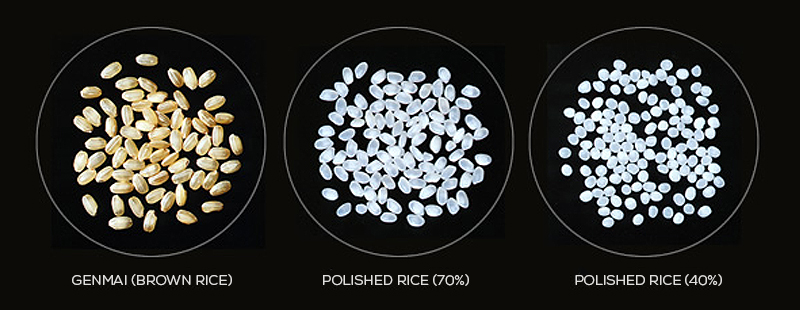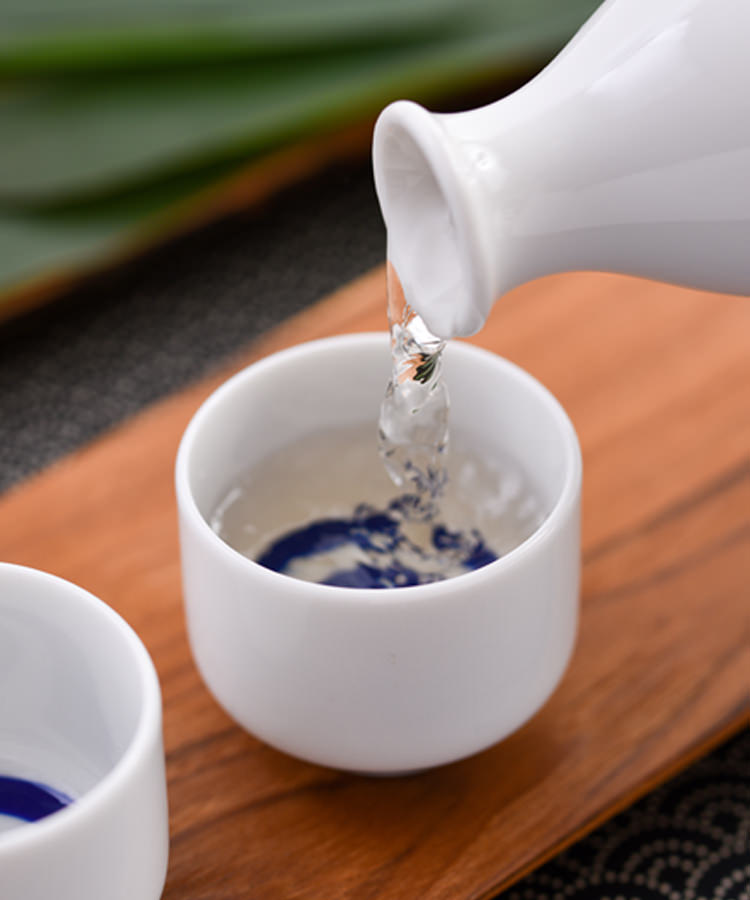Sake is often misunderstood. To many Americans, the Japanese beverage is only consumed hot or dropped into a beer after pounding the table and yelling, “When you say sake I say bomb! Sake! Bomb!”
That’s starting to change. Restaurants in major cities are increasingly featuring sake menus with a range of options. Imports are improving, so consumers are able to taste the category’s natural fruit and floral flavors, rather than using it to spike cheap light beer.
To truly understand sake, though, you first must understand rice.
Sake is made from rice that’s milled down, or polished. The polishing rubs the brown husk off of the rice grains. The husks and outer areas of the grains have more proteins and fats than the pure-starch center. More polished rice has a cleaner aroma and taste than less polished rice, and the polish level is one way that different sakes are priced.
The polishing ratio is measured by degree. A sake with a polishing ratio of 60 percent has had 40 percent of the outside polished off. Lower polishing ratios generally mean higher prices, because it takes more of the smaller rice grains to make the same amount of sake. More polishing, however, doesn’t always equate to a better sake. It all depends on your tastes and what you’re looking for.
Here’s what you need to know about the different types of sake rice, and what flavors to expect depending on a sake’s rice polish level.

Junmai: 70 percent polish or less
Junmai is generally the cheapest type of sake. In the past, at least 30 percent of the grain had to be polished away. The laws have changed to allow even less polished rice to be used, but the bottle will always say the polish level.
Junmai tastes full bodied and sweet, with noticeable acidity. It’s probably the type of sake that you’ve consumed warm or in beer.
The term “Junmai” also refers to sake that has no added alcohol, whereas “honjozo” is sake with alcohol added. All sake levels use Junmai as a prefix to inform drinkers that it doesn’t have added alcohol, but if a bottle only says Junmai it is referring to a sake that’s polished 70 percent or less.
Ginjo: 60 percent polish or less
Ginjo sake is generally lighter and more fragrant than Junmai sake, with subtler, less intense flavors. It’s served slightly chilled, and has at least 40 percent of its outer level polished off.
Ginjos without any alcohol added will be labeled Junmai Ginjo, and with alcohol added will be labeled simply Ginjo.
Dai-ginjo: 50 percent polish or less
Dai-ginjo is super-premium sake and usually the most expensive. It is essentially an even more refined ginjo, with a light and complex flavor and aroma. Polishing off more than half of a rice grain can be tricky, as the grains become more fragile. Dai-ginjos are usually served slightly chilled, and are meant to be savored.
Dai-ginjo without any alcohol added will be labeled Junmai Dai-ginjo, and with alcohol added will be labeled Dai-ginjo.
